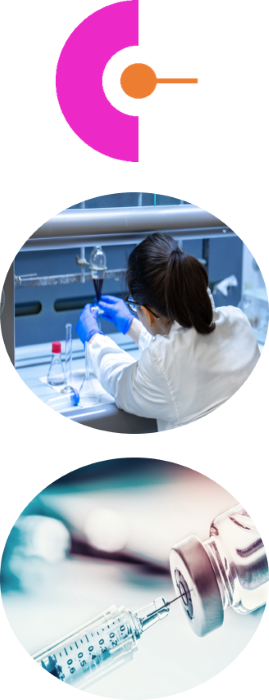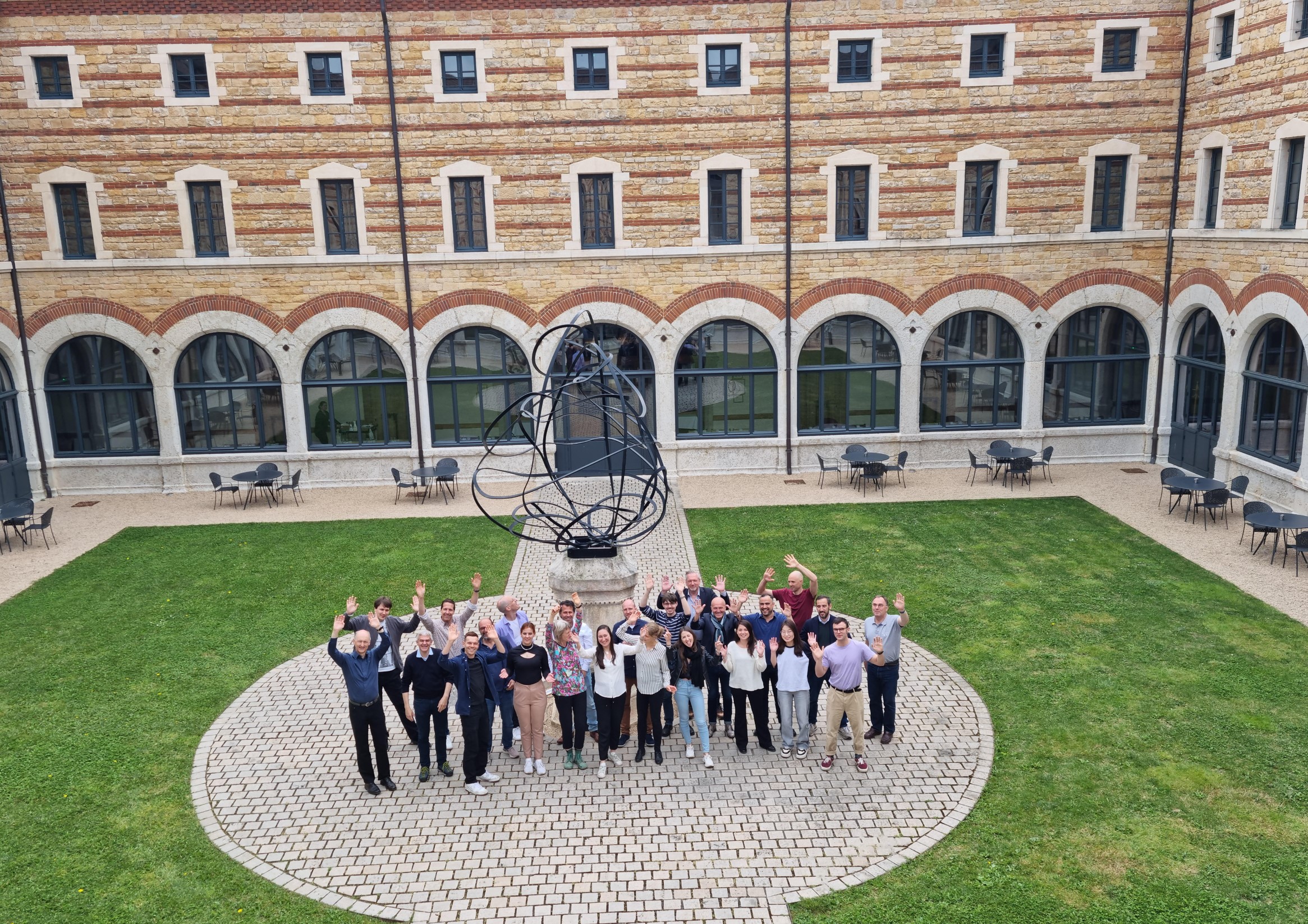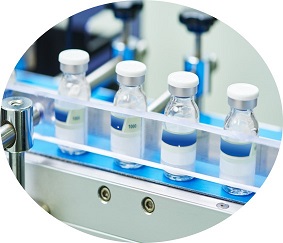ENDOSCAPE Vision

Gene therapy is one of the most promising treatment options for future advanced therapies in a broad range of diseases. Successful gene delivery requires the recognition of target cells as well as cytosolic and nucleosolic uptake of the gene.
One of the major problems in the field of non-viral gene therapy is the inefficient and safe delivery of genetic material for therapeutic use in patients.
The ENDOSCAPE brings together an interdisciplinary chain of European partners with academic and industrial technologies and expertise in order to develop a beyond state of the art non-viral clinically applicable gene delivery technology .
ENDOSCAPE will overcome a longstanding and major bottleneck in the field of gene delivery, namely efficient, safe and cost-effective transfer of gene therapeutic products into the cytosol.
The ENDOSCAPE technology will be designed to allow targeting of any addressable cell type with all known genetic agents, thereby ensuring better patient therapy not limited to inherited disorders, but also for cancer therapy and therefore of importance for large patient groups. ENDOSCAPE technology is exploiting a collection of unique molecules for enabling the delivery of genes into the cell. Development of new targeting ligands is under continuous investigation by numerous research groups and companies worldwide. ENDOSCAPE represents a toolbox which enables targeted drug delivery, allowing for customized drug applications and for future developments in the field of cell targeting techniques.
In the present project, we will focus on commonly used targeting concepts to demonstrate proof of concept of the technology. The long-term vision of ENDOSCAPE is market uptake of a novel technology that can be used for intracellular delivery of any applicable drug for medical treatment, as well as its application in personalized medicine.
To reach the goals of ENDOSCAPE, secondary metabolites will be produced in greenhouses.
Only a strong interdisciplinary European collaboration of researchers, biotech, clinicians, and manufacturing organizations, together with translation and regulatory knowledge of the ENDOSCAPE Advisory Committee, allows successful development and exploitation of the technology.
Progress
The ENDOSCAPE project is finished. [start: Jan 2019 end: June 2023]
Find public progress reports here.

Background
The ENDOSCAPE consortium established a joint collaboration framework including a joint data server and common policies for structured and joint actions. In order to develop a scaffold as a carrier for all components, we first defined and produced initial prototypes of dendrimer-based, peptide-based and DNA-based scaffolds. Dendrimers were chemically modified to allow dye conjugation (for analytical purposes) as well as attachment of EEEs and targeting ligands. The same reactive groups that were introduced into the dendrimer scaffold were included in the peptide scaffold, and in the DNA scaffold by a specific new complementary strand technique. The EEEs and the targeting ligands were modified with click chemistry groups compatible to the modifications of the scaffolds. After developing conditions to complex example effector genes, we finalized a first complete ENDOSCAPE prototype consisting of a scaffold equipped with EEEs, targeting ligand and the gene. We were able to define analytical procedures to ensure the quality of the equipped scaffolds by methods such as mass spectrometry, nuclear magnetic resonance, dynamic light scattering and fluorogenic detection.
Another objective is the functional characterization of the ENDOSCAPE prototypes in cell cultures and mouse models, and to investigate their molecular mode of action. Here ENDOSCAPE validated genes for hemophilia therapy and suicide genes for cancer treatment. In addition, we tested the expression of target receptors on different cell lines for several candidate ligands that have been recombinantly expressed and purified, or purchased. Currently, we are investigating the escape of nucleic acids from endosomes in living cells by confocal and light sheet microscopy using fluorescently labeled dendrimers modified with EEEs. We demonstrated efficient delivery of effector DNA in cell culture with low toxicity. The use of plant natural products such as EEEs entails the risk of heterogeneous source material and lack of availability. Therefore, an independent production process is vitally important. We established various plant culture formats and evaluated different plant growth systems and culturing conditions.
We further conducted an expression analysis towards gene discovery in EEE producing plants with the intention to manipulate the biosynthesis of EEEs for higher yields. To date we are already able to extract and purify target EEEs from the biomass of greenhouse grown plants.
We started an early health economic evaluation by defining clinical example applications and planning analyses based on literature review. We are further collecting information on the expected cost of the ENDOSCAPE production process.
Project results can be found here: ENDOSCAPE @ EC Cordis
Impact

The worldwide market of gene therapeutics will rapidly grow in the coming years covering potential treatments for a wide range of disease areas. The current viral vector-based gene therapeutic technologies have significant challenges, such as safety, manufacturing logistics, and associated high costs. The ENDOSCAPE technology platform might represent a good alternative for a viral gene delivery technology. Of course, the long-term effects and safety of viral gene delivery still have to be evaluated.
The gene delivery technology developed by the ENDOSCAPE consortium can be incorporated into existing medicinal drug candidates. It is safe and can be produced at relatively low costs, thereby impacting and changing the future landscape of gene therapeutic delivery significantly.
